The ruins of Gede are the relics of one of the Arab-African settlements found along the East-African coast in Watamu. These towns were built by the Swahili people during the 13th and 14th centuary. Scientists suppose that at its peak of prosperity about 2,500 people lived in Gede.There are still various theories as to why the town was abandoned during the 16th or 17th century. However, after Gede was abandoned, it remained undisturbed and nature hadthe time to re-conquer the place. The ruins at Gede were rediscovered in the 1920s. Since then the site was excavated and the remains of several mosques, a palace, residential houses and elaborate pillar tombs have been revealed. Because the site is hidden in deep forest the site is very atmospheric and mysterious.
We arrived there at 4 p.m., because of the heat and busy morning activities. The museum is open till 5p.m. So my tip: try to come earlier, if you want to see the museum (that was already finished after we've seen the ruins). We paid 400 Kenyan shillings (Resident price) and took our guide for a tour. What was interesting, that the guide told us from the very beginning that we should also pay him a tip per person 50 shillings.
Taking a guided tour through the ruins and the museum we learned a lot of interesting things about the fascinating culture of the Swahili people and the ancient town they constructed.
Additionally, one can walk along the nature trail network which comprises different species of plants and leads to lesser ruins throughout the forest.
Gede Ruins is also an excellent place to observe wildlife. Forest birds can be seen from the tree platform which was build for the ASSETS programme (aimed to help orphans). Mammals such as Sykes monkeys frequently romp around the remains of the buildings of Gede. If you are lucky, you might even spot the shy and rare elephant on the ground of the surrounding thicket.
It is best to combine your visit to Gede with trip to the Kipepeo Butterfly House on the grounds as well as take in a traditional dance performance by Randu Giriama Dancers which is situated just outside the ruins entrance gate.
Randu Gede Giriama Dancers originally started back in 1976 as a large Giriama Cultural Village located near the Gede Ruins Monument. Over the years, the village relocated and changed the focus to the traditional dancing. Now they operate as a community group of 22 people and countless cheerful children.
They are located just outside the entrance gate to the Gede Ruins Monument on a lively Giriama compound. They perform traditional Giriama dances for visitors in an effort to share their traditional culture so that children will not lose their knowledge of their ancestry. After the main performance, visitors are encouraged to come forward and try Giriama dance.
They also make traditional handicrafts and musical instruments out of natural materials such as baobab pods, raffia and reeds which are on offer to guests. The group is interested in improving education in the local area, both for children and adults. They help local children and their parents pay school fees and buy uniforms and supplies. As well, they sponsor an adult education programme that focuses on adult literacy fo community members.
The best thing about these dancers was not even their dance, but the possibility to interact with locals, to play with them, take some pictures, talk to them... We paid 1000 Kenyan shillings (for 5 people). So do not miss it.
/http%3A%2F%2Fwww.kipepeo.org%2Fbutterfly-gallery%2FHypolimnas_Usambarae_Red_Spot_Diadem.jpg)
Welcome to Kipepeo Butterfly Project: Pupae supplier of Kenyan butterflies.
Kipepeo currently sells butterfly and moth pupae and other live insects as well as honey and silk cloth produced by the community from Arabuko Sokoke Forest, on Kenya's coast.
 >
>

















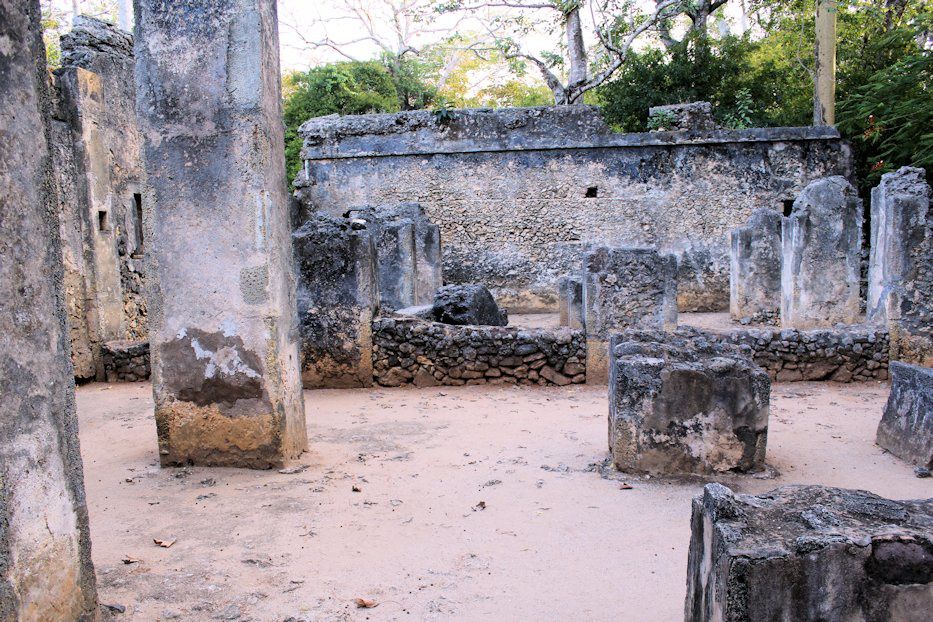

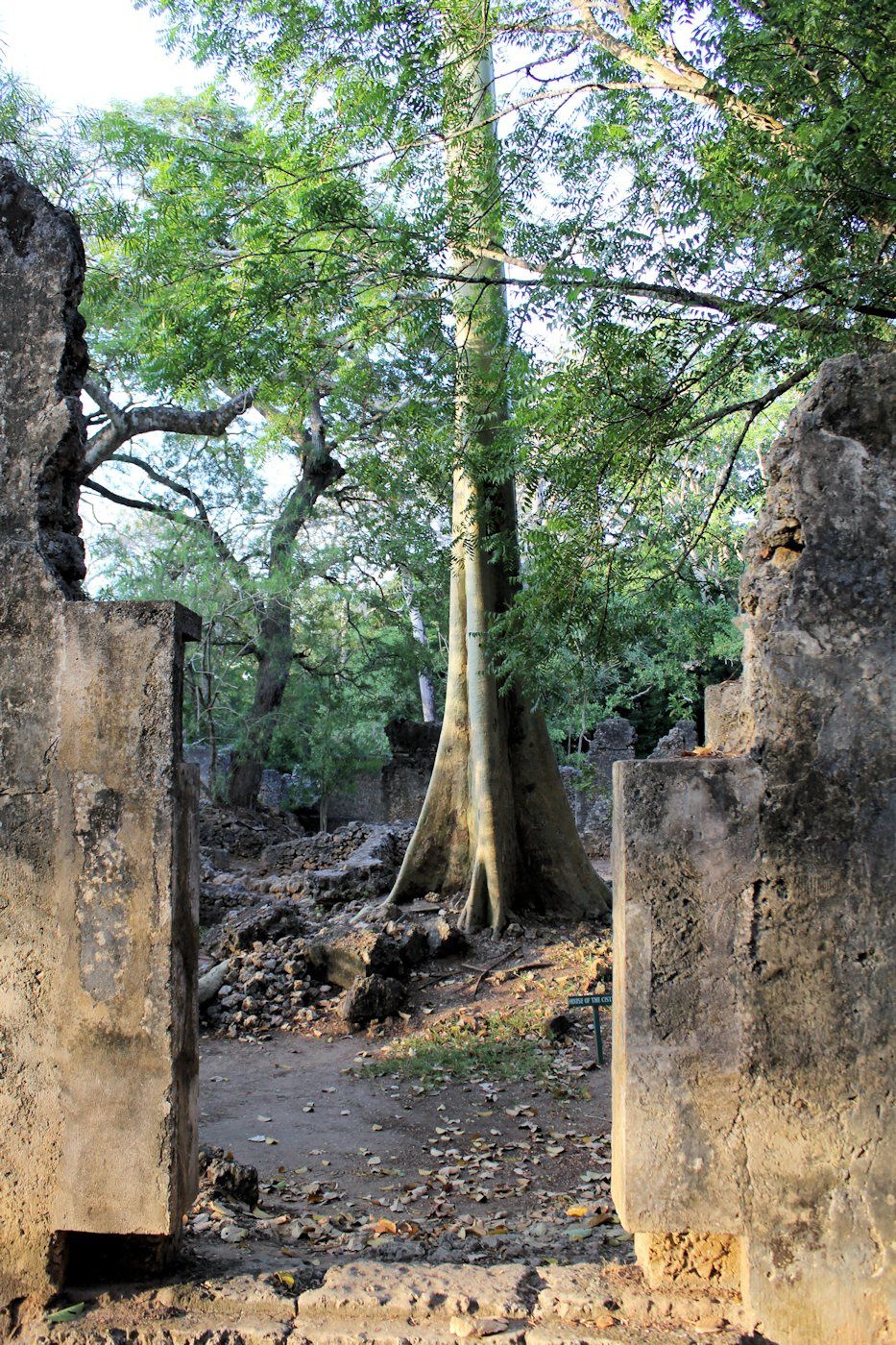

















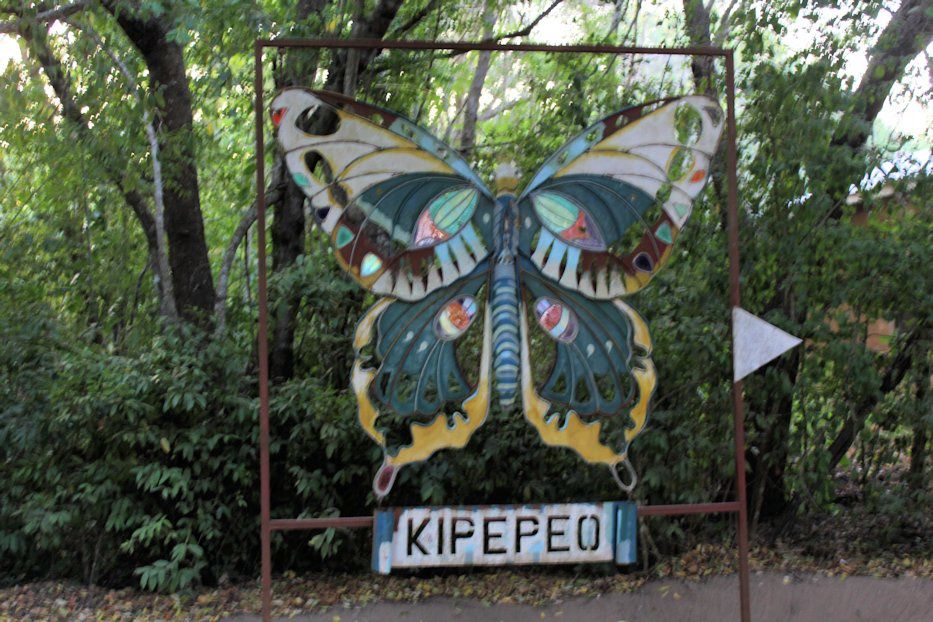

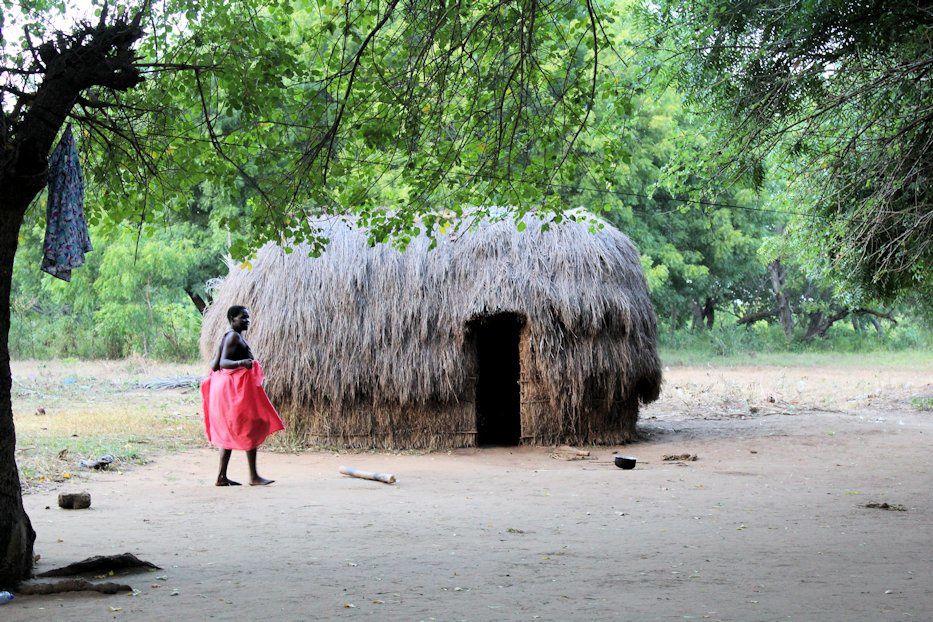



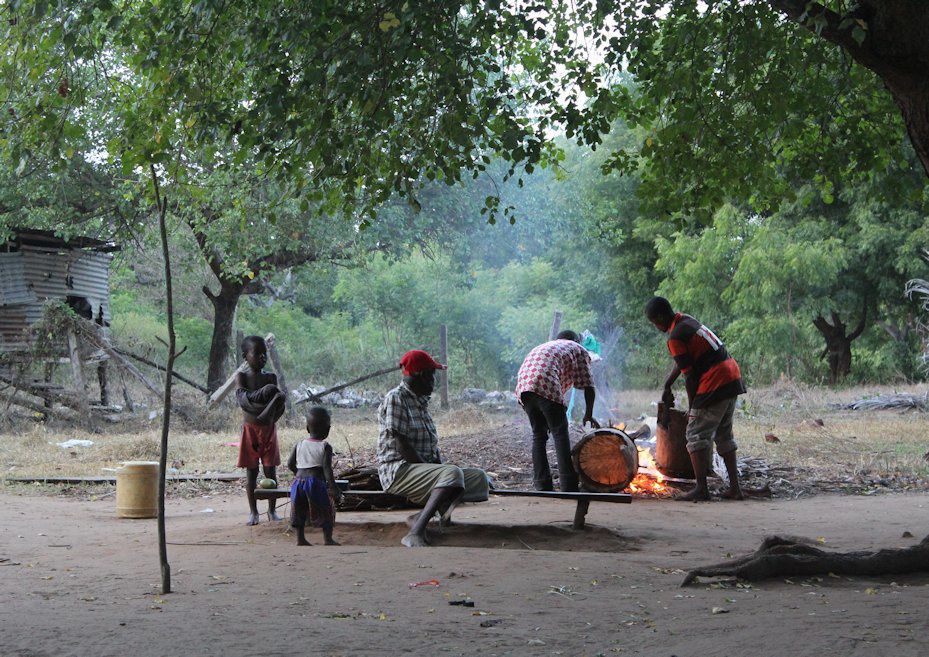

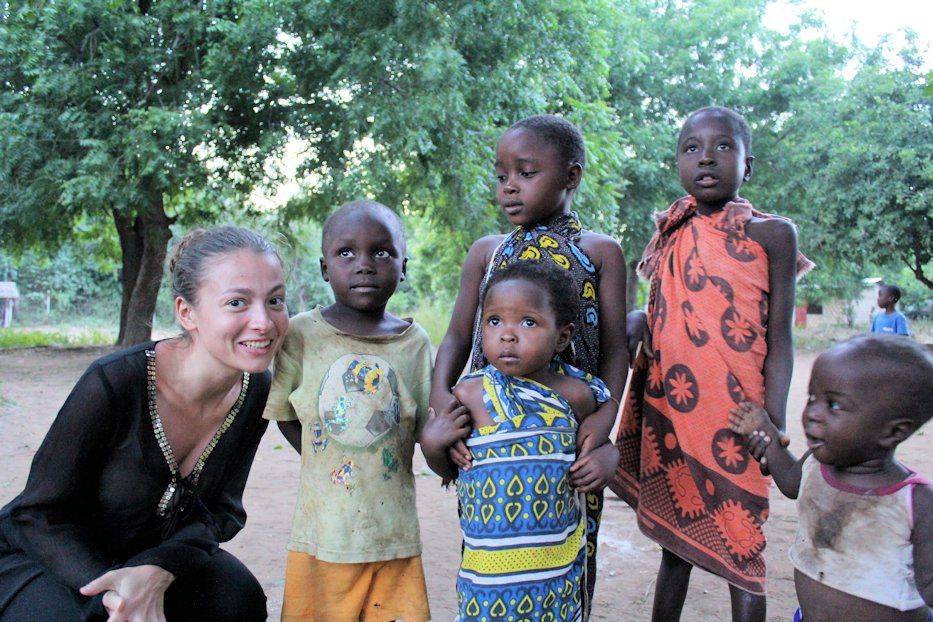








/image%2F0111014%2F20150426%2Fob_30ed04_overblogimg-3029.jpg)
/image%2F0111014%2F20150426%2Fob_f9fd87_overblogimg-3237.jpg)
/image%2F0111014%2F20150312%2Fob_2b625a_overblogimg-1815.jpg)
/image%2F0111014%2F20150421%2Fob_24f209_overblogimg-2702.jpg)
/image%2F0111014%2F20150302%2Fob_24875e_img-1603.jpg)
/image%2F0111014%2F20150227%2Fob_00db6a_overblogimg-0400.jpg)
 Go to top
Go to top
comments